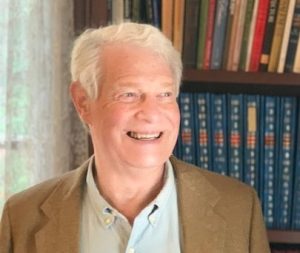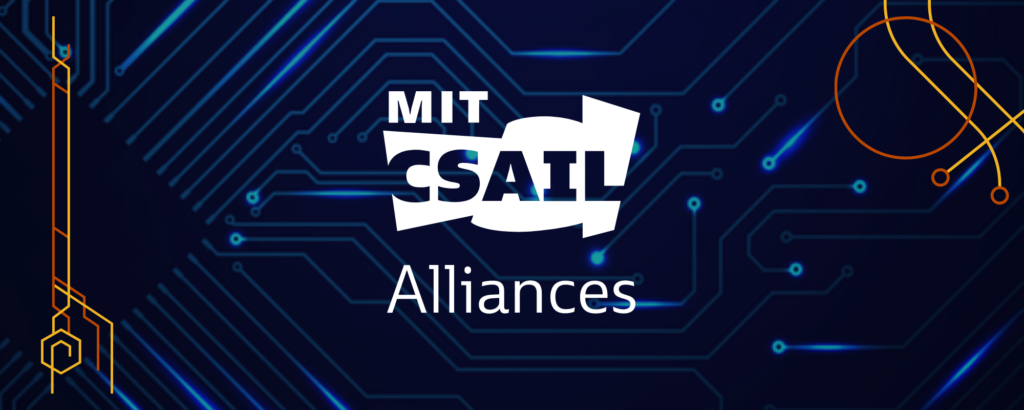Dr. Robert Krim, co-founder and executive director of the Boston History & Innovation Collaborative and a long time champion of the Boston area’s history of innovation and entrepreneurship, shared with us an advance copy of his book Boston Made: From Revolution to Robotics, Innovations that Changed the World, which highlights inventions and achievements of several MassTLC members.
 We had a chance to sit down with Dr. Krim and ask him some questions about the book. Read on to learn more about why he wrote it, who should read it, some of Dr. Krim’s favorite stories, and more.
We had a chance to sit down with Dr. Krim and ask him some questions about the book. Read on to learn more about why he wrote it, who should read it, some of Dr. Krim’s favorite stories, and more.
Plus, read an exclusive excerpt of the book ahead of it’s February 23 release, here.
___
Who is the audience for this book?
The top target audience for the Boston Made book are people who work in Innovative industries in the US, and are thinking about what drives innovation.
Other audiences it is designed to interest includes people who enjoy reading and thinking about how and where innovations are developed, and the challenges faced by the innovators. How did the city/the state that invented the birth control pill also be the one that invented the electronic spreadsheet, and the chocolate chip cookie, much less the one which was the first state to abolish slavery?
Who would benefit most from reading it?
Some who would really enjoy it are New England audiences who enjoy trivia about a whole range of innovations that they would have never thought all came out of one large metropolitan area. The book also suggests that there are connections between technical, medical, and social innovations. I wanted this to be both an easy read, and thought-provoking.
Why did you write this book?
Greater Boston is the most innovative city in the US and one of the most innovative in the world. At the same time, most people who live in our area have never read a book which proves that innovation is our #1 story. It has remarkable examples of ingenuity and creativity going back centuries and continuing today. Sooner or later someone was going to notice what makes us unique – that we are innovative in almost every realm. After spending nearly twenty years learning about this, producing plays and tours about Innovation, I felt we needed it to tell both the overall story, and 50 contributing stories, in one very readable book.
What set you on your path to your interest in New England innovations?
My inventor dad became a leader at Raytheon in the “electronics” era of this area when I was quite young. As a six year-old, I was seated at our kitchen table in front of one of the five experimental micro-wave ovens to give Raytheon feedback. Later my Dad was president of Radio Shack. I was exposed to innovation literally everywhere. At the same time, I have always had a passion for Boston history. I saw the start of the American Revolution in Massachusetts as like a start-up (company). In my Dad’s later years, we had great discussions about how innovation is what made Greater Boston tick.
What are the larger lessons for entrepreneurs, scientists and inventors?
Lesson #1 is that there are always “adjacent possible” paths which take us from our current technology and healthcare practices into areas and solutions we hadn’t yet imagined.
Lesson #2: Have the drive and the curiosity to take on understanding phenomenon that you wouldn’t think you can create a solution to. The Charles Goodyear (Woburn, MA) vulcanization of rubber saga is the most extreme I found in two decades of researching this book. There are 49 other ones which are filled with lessons that come from all these Boston experiences.
The book is meant to inspire the reader, to invent new solutions like our fellow Bostonians have just done at Moderna (as well as Pfizer and BI Deaconess/Johnson & Johnson in Greater Boston) in developing the anti-Covid vaccine to take back our lives.
It is interesting to draw the line from the first public school to the first public reviews for the travel industry. What are the ways this region is like others (NYC, Silicon Valley), and how is it unique?
We spent twenty years identifying Greater Boston’s five drivers of our innovation economy’s secret sauce. Silicon Valley and Austin probably have sauces with different drivers than we have in Greater Boston/Massachusetts. I hope that researchers in in the other innovative regions will study what drives them to be so innovative, so we can learn how we are alike and different in our innovation economies.
You narrowed the innovations of the region from 500 to 50. What’s a story that got left on the cutting room floor?
Leaving out hundreds upon hundreds of the innovations we chronicled and studied, it is a too hard a choice.
Do you have any favorite stories that are in the book?
I chose to make Framingham State University my current and the last stop in my career (I am a professor there now) after spending so many years studying innovation, because it has such a rich history of innovation. The great American educational innovator Horace Mann developed and opened this college to be the first college in the US to teach teachers how to teach. It was the keystone of setting up Massachusetts’ public education system, and it was established as the 8th women’s college in the US.
___

Boston Made: From Revolution to Robotics, Innovations that Changed the World will be released on February 23 and is available for pre-order.


